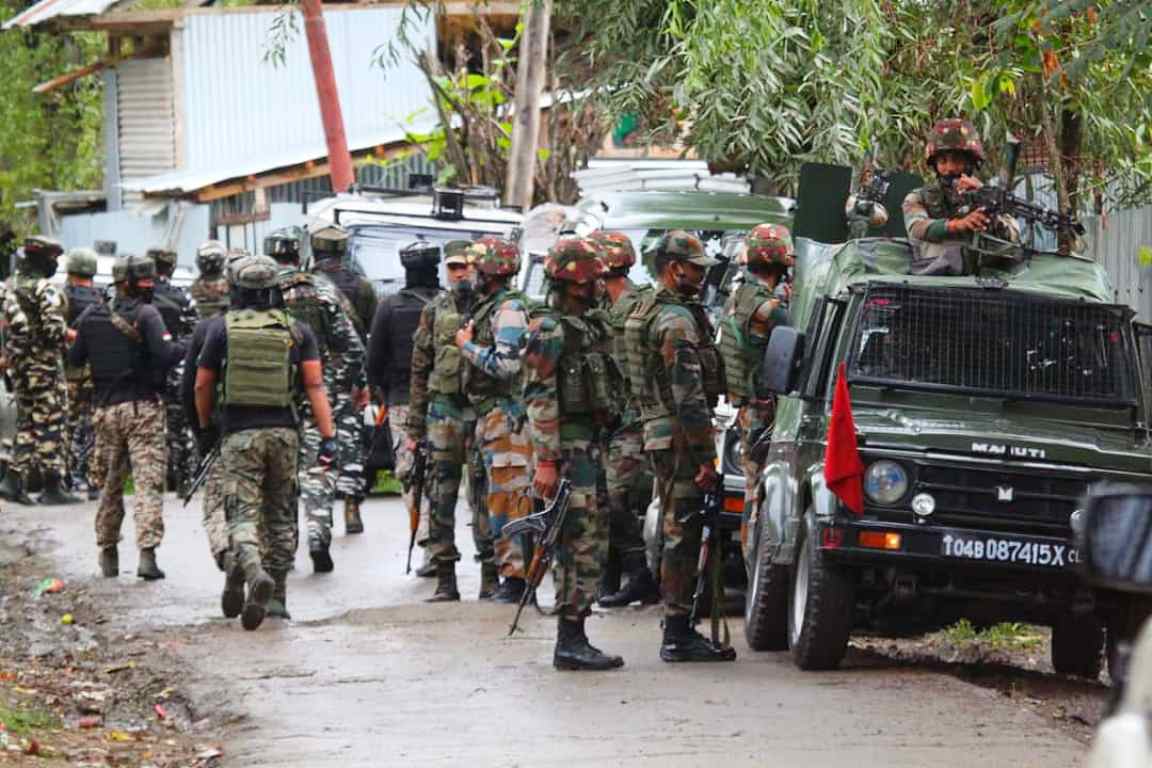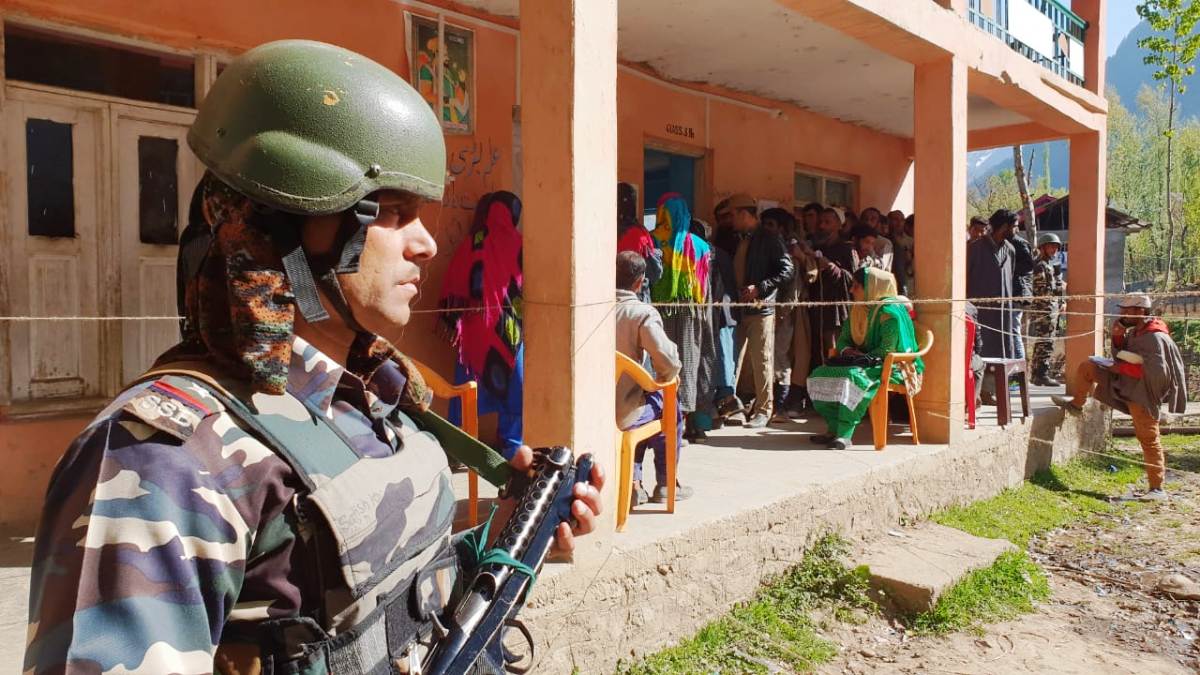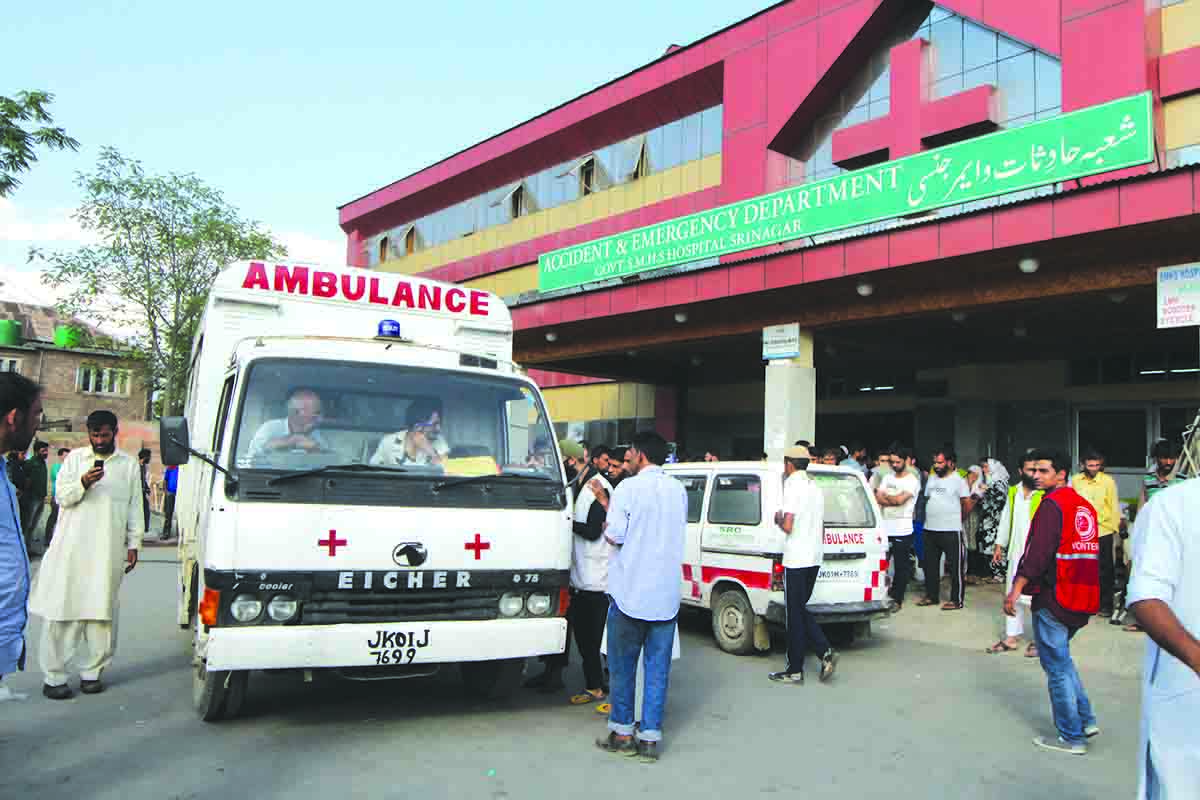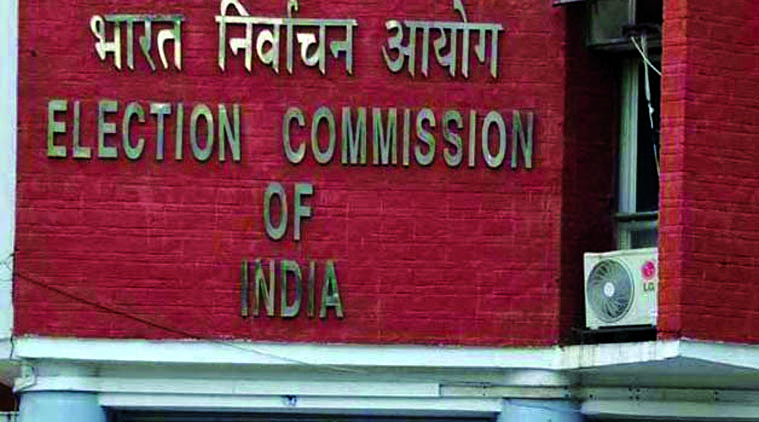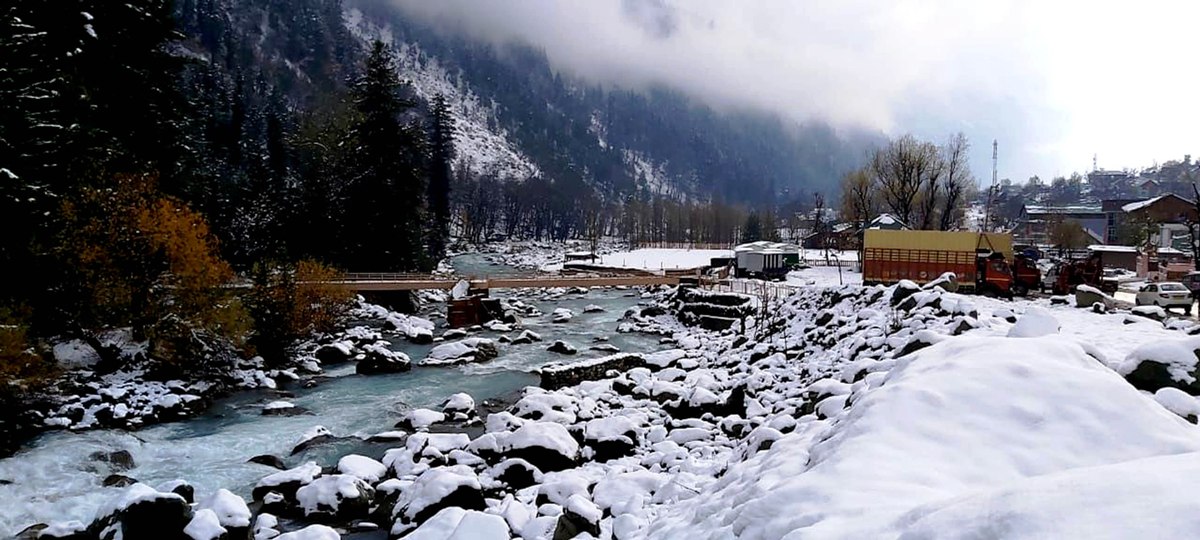KL NEWS NETWORK
SRINAGAR
Worse than 2005 Kashmir earthquake which killed about 80,000 people in India and Pakisatn, US scientists have warned that a major earthquake could strike Jammu & Kashmir soon.
As reported in Times of India, according to an Oregon State University statement, the warning is based on new geologic mapping in the Himalayan mountains of Kashmir. The study suggests that the region is ripe for a major earthquake that could endanger the lives of as many as a million people,.
Scientists have found that the Reasi fault near Jammu has been building up pressure for some time, suggesting that when it does release or “slip”, the resulting earthquake may be large — as much as magnitude 8.0 or greater.
Results of the new study, which was funded by the National Science Foundation of US, have been accepted for publication by the Geological Society of America Bulletin, and published online.
“What we set out to learn was how much the fault has moved in the last tens of thousands of years, when it moved, and how different segments of the fault move,” said Yann Gavillot , lead author on the study who did much of the work as a doctoral student at Oregon State University. “What we found was that the Riasi fault is one of the main active faults in Kashmir, but there is a lack of earthquakes in the more recent geologic record. The fault hasn’t slipped for a long time, which means the potential for a large earthquake is strong. It’s not a question of if it’s going to happen. It’s a matter of when.”
Gavillot said a major earthquake at the Reasi fault could have a major impact on Jammu, the Indian capital of the Indian state of Jammu and Kashmir, which has a population of about 1.5 million people. Another 700,000 people live in towns located right on the fault.
“There are also several dams on the Chenab river near the fault, and a major railroad that goes through or over dozens of tunnels, overpasses and bridges,” Gavillot said. “The potential for destruction is much greater than the 2005 earthquake.”
“In the last 4,000 years, there has only been one major event on the Reasi fault, so there is considerable slip deficit,” Meigs said. “When there is a long gap in earthquakes, they have the potential to be bigger unless earthquakes on other faults release the pressure valve.”



